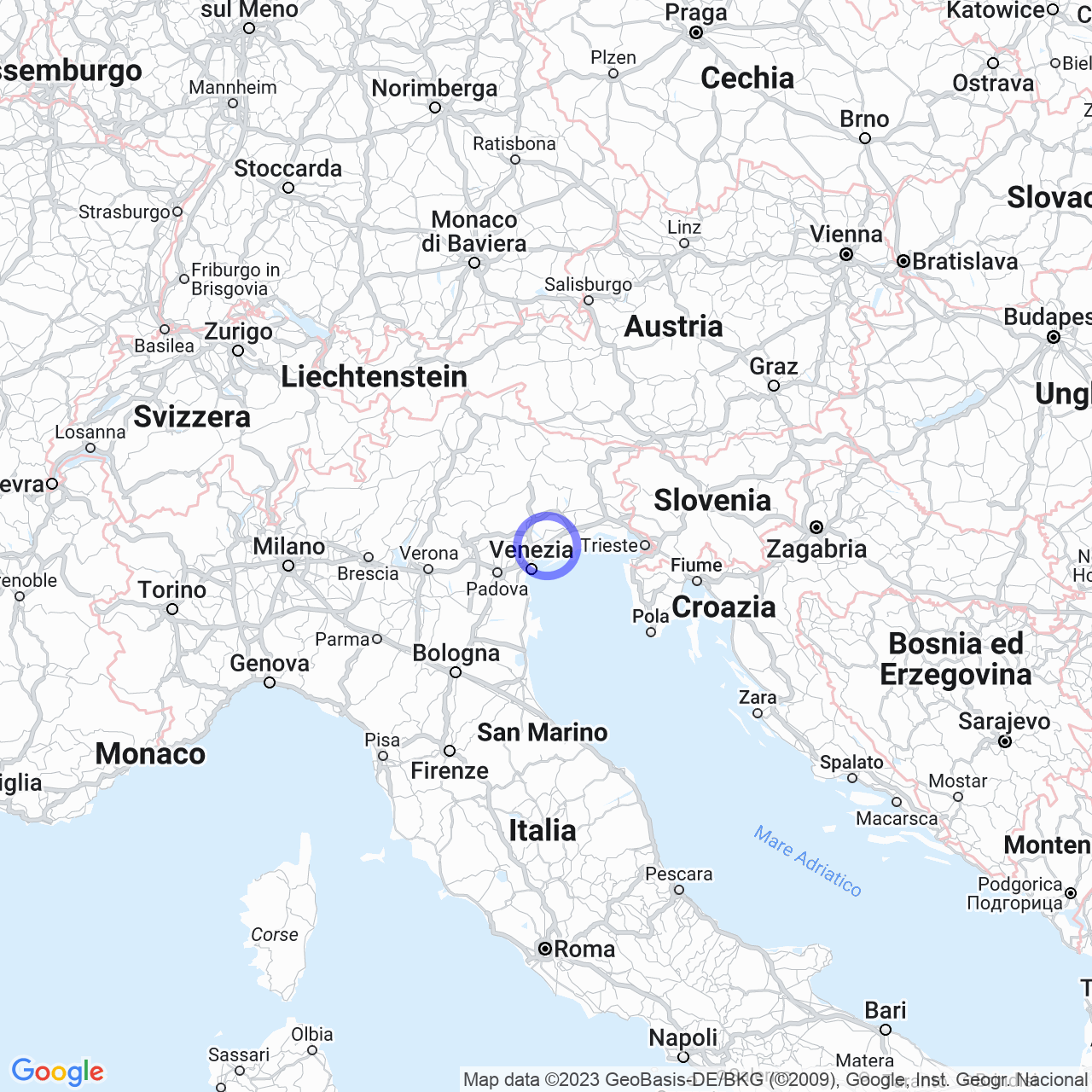Fossalta di Piave
Welcome to Fossalta di Piave - the Pearl of the Metropolitan City of Venice
Hello everyone, today I'll be talking about Fossalta di Piave, a beautiful Italian town in the heart of Veneto, with a population of 4152 inhabitants.
Physical Geography
Located in the Treviso plain, Fossalta di Piave is only a few kilometers away from the Piave river, an important watercourse that runs through Veneto and is famous for its historical importance in both world wars. The town is also situated just a few kilometers away from the stunning city of Venice, making it a great tourist destination.

History
Ancient Times
During Roman times, Fossalta di Piave was situated on the eastern edge of the agro of Altino and was crossed by a road that linked the city to Oderzo and Upper Friuli. It is said that even Saint Hermagoras travelled along this road to spread the good news and baptize new converts.
The Middle Ages
The village of Fossalta (also known as Fovea Alta) was acquired by the patriarchs of Aquileia in 1032 and later by the della Romano family in 1177. In 1192, the residents of Treviso destroyed the village and in 1260 the della Romano dynasty became extinct. Fossalta was still under the control of Treviso, but the Aquileian patriarchs abandoned their rights over the town in 1292. Fossalta became a fraction of Noventa di Piave, a religious center dating back to 1151.
The Republic of Venice
In the 15th century, the Most Serene Republic of Venice included Fossalta in the podesteria of Oderzo. In 1493, to encourage trade with Opitergino, Venice dug a canal called Fossetta from the Margine della Laguna Veneta to the current Piazza Matteotti. The port on the canal quickly became the new center of the town, thanks to the commercial traffic along the Piave river and the river service that shuttled between Fossalta and Venice. The canal also became one of the main supply routes for food to Venice, transporting cheese, milk, and bread daily. Finally, Venice encouraged the construction of the Argine di San Marco, which protected the lagoon from the Piave river.
Conclusion
Fossalta di Piave is a town rich in history and culture, whose origins date back to ancient times. Thanks to the nobility and ingenuity of Venice, the town developed in the Middle Ages and prospered in the early modern period thanks to the Fossetta and the Argine di San Marco. Today, Fossalta continues to thrive as a metropolitan city and welcomes visitors from all over the world to admire its natural and artistic beauty.
